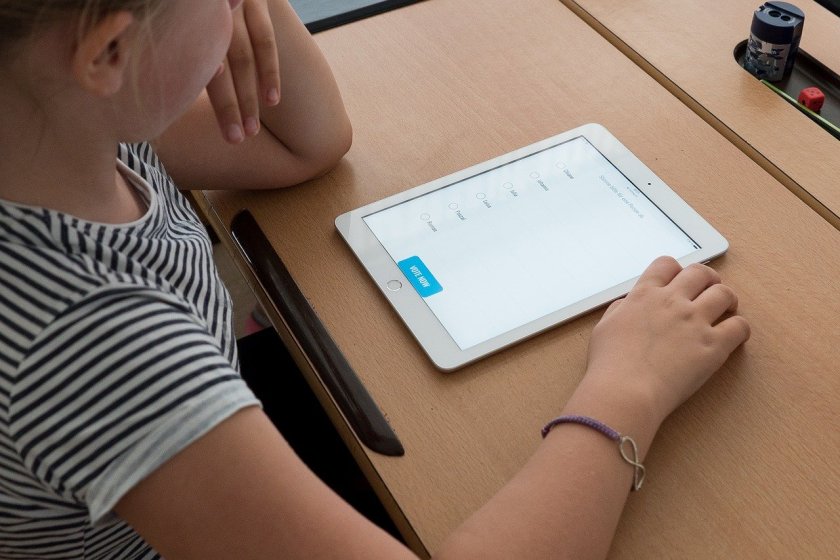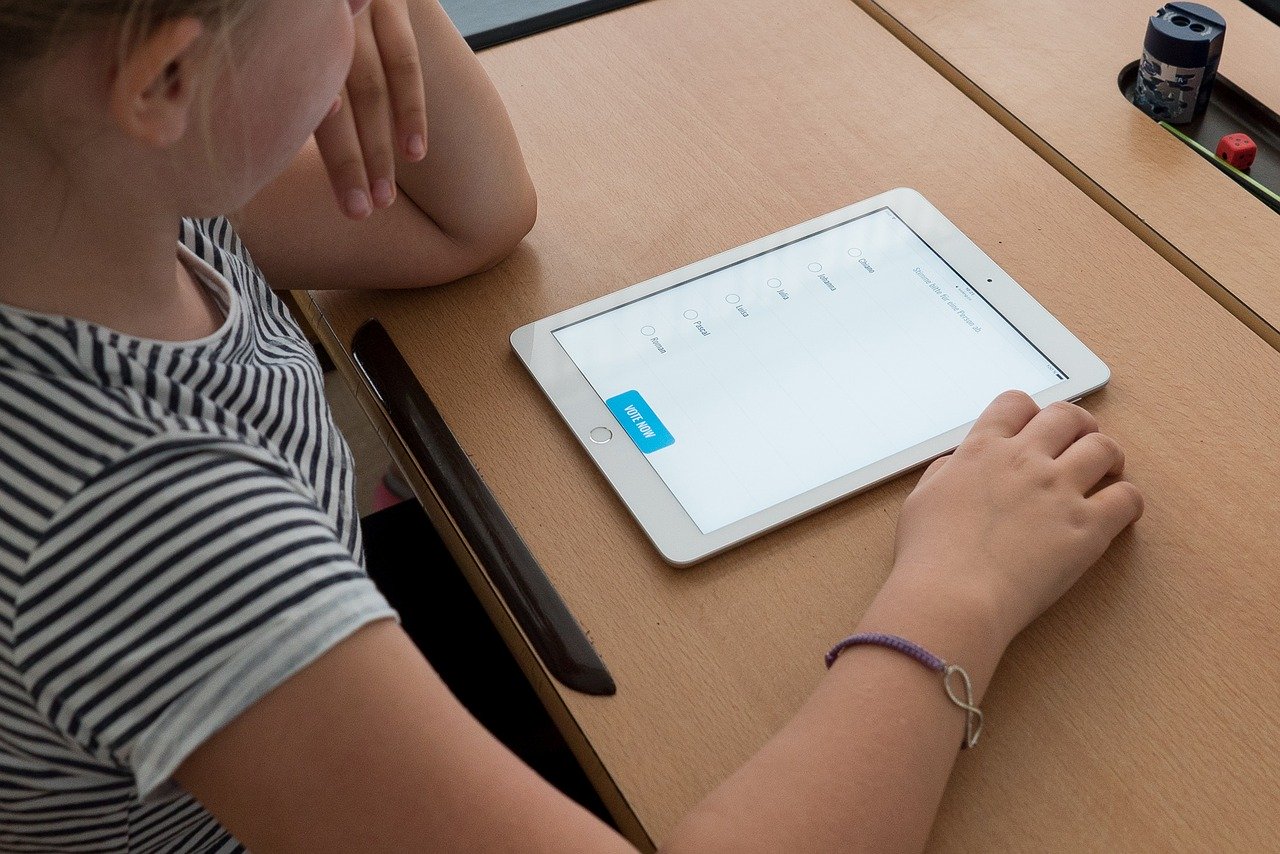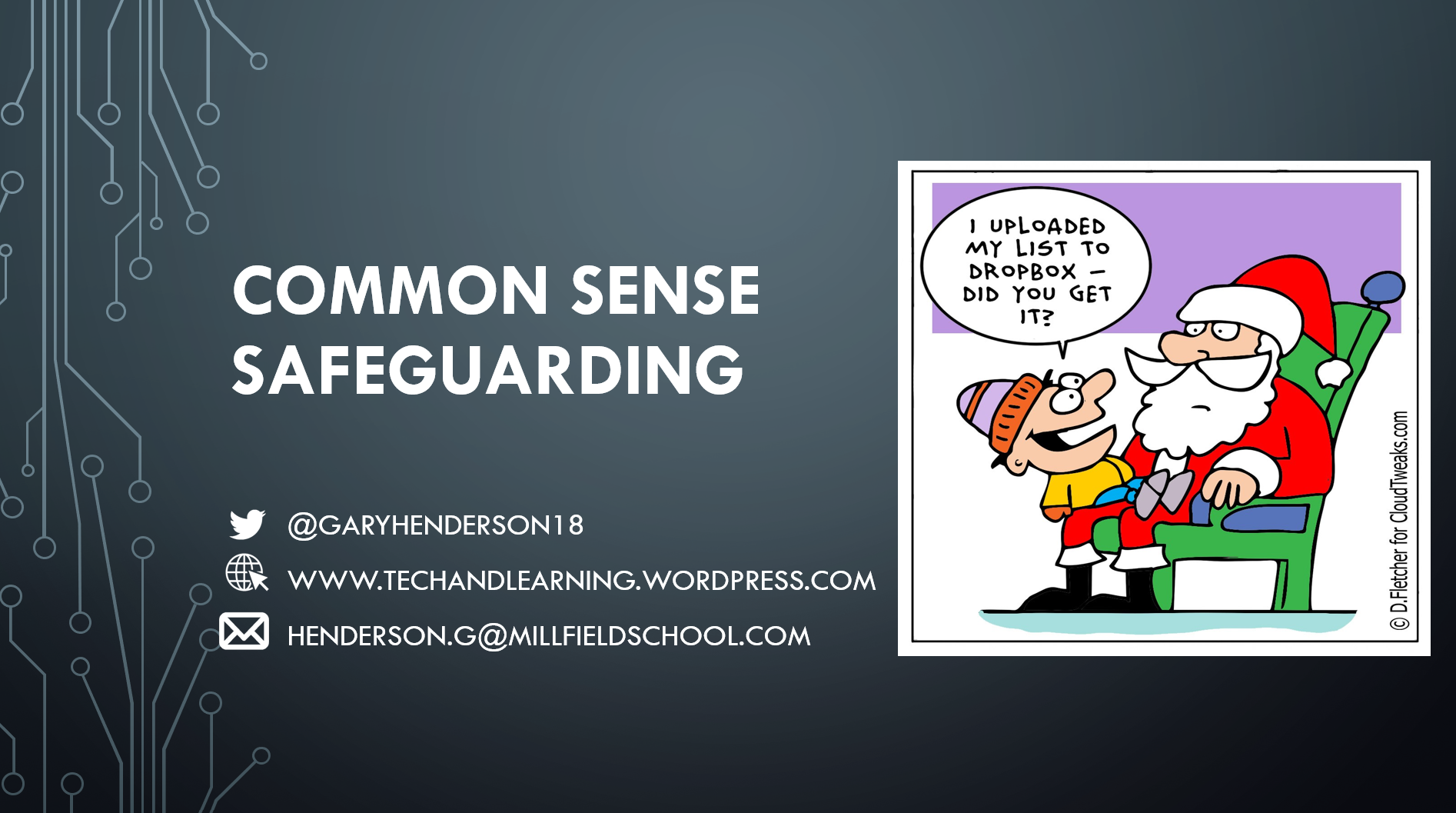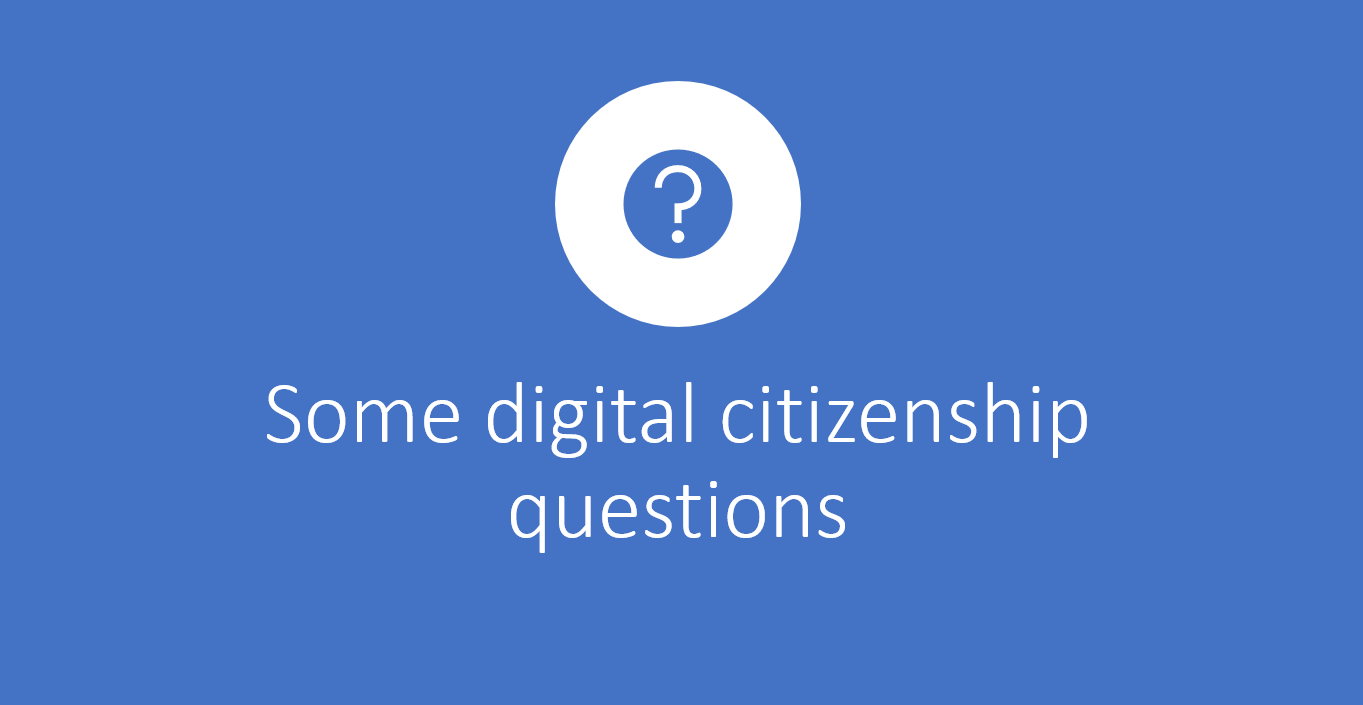
I have recently been thinking about phones in schools again, and yes I know we should be over this topic by now however the issue at hand had me thinking a little different about the issue. Basically, I missed an important call on my mobile due to having Do Not Disturb in place as it was later on in the day. Now having missed the call it got me thinking there clearly must be a way to override do not disturb such that a few key people could call me, and where my phone would ring, even when do not disturb is on.
For those who aren’t aware Do Not Disturb allows you to set your phone up such that your notifications, your alerts, your calls and messages are supressed during certain hours of the day, such as in the evening when you are trying to get some sleep. And you can decide which apps or callers you will allow.
It turns out it is very easy to set overrides such that certain individuals can call you, or certain apps will notify you even when Do Not Disturb is on. And as I dug a bit further I found that you can also trigger on other things rather than just time, so you can setup a work mode which triggers when you are near a particularly location such as your work. So, this mode might be setup to stop notifications and calls during the work day.
All of the above is good, but this got me thinking about all the functionality which is now in the modern smartphone specifically to help us manage distractions and our time on our phones. I for example track my screen time which current averages at around 2hr 48min. But the issue will all of this is who is actually telling people about all of this functionality and how to use it? In my case I had a need to use it, and knew it was likely there plus how to search for the relevant info to get it all setup. But what of the student who doesn’t identify a problem with their screentime, distraction, etc despite high volumes of use or even addiction? What if the student who knows they have a problem but doesn’t know there might be a solution or doesn’t know how to find it?
I cant help but think the tech companies do a good job of adding this functionality, thereby showing their efforts to protect people and to empower them to make decisions as to their device use, etc, however I am also conscious of their need to please their shareholders and to make profit. The cynical me wonders if the lack of press or training or awareness regarding all this good functionality, is simply the outcome of needing and wanting to keep peoples eyes glued to their devices, and to keep the money flowing in.
Aside from the above, maybe we also need to acknowledge the issue isn’t solely the tech companies issue and that we, the users actually have some agency here. We can choose to look at our phones less, to explore the safeguarding and wellbeing functionality which is available and to turn it on where possible. Sadly, I feel the effort of turning on the functionality which might help us, is often greater than the effort required to point at vendors, blame them and expect them to address the challenge.
So have you looked at the wellbeing controls on your device or on your kids device recently? And if not, it might be worth doing so.





 Last nights Microsoft TweetMeet focussed on Remote Learning. It was certainly a busy session with my tweetdeck updating faster than I could think; it was a blur of activity. Overall it was an excellent session and probably the best TweetMeet I have been involved in so far. I therefore thought it might be useful to summarise the key messages I took away from the event:
Last nights Microsoft TweetMeet focussed on Remote Learning. It was certainly a busy session with my tweetdeck updating faster than I could think; it was a blur of activity. Overall it was an excellent session and probably the best TweetMeet I have been involved in so far. I therefore thought it might be useful to summarise the key messages I took away from the event: I had the opportunity to present at the Brighton ISC Digital EdTech summit during the week. My talk, “Common Sense Safeguarding” focussed on the need for schools to take a broad and more risk based view of online safety as opposed to the previous more compliance driven approach. Given the number and range of technologies students have access to and also the tools available to bypass protective measures put in place by a school, or even the ability to negate them totally through using 4G, online safety is no longer as simple as it once was. This therefore needs a broader view to be taken.
I had the opportunity to present at the Brighton ISC Digital EdTech summit during the week. My talk, “Common Sense Safeguarding” focussed on the need for schools to take a broad and more risk based view of online safety as opposed to the previous more compliance driven approach. Given the number and range of technologies students have access to and also the tools available to bypass protective measures put in place by a school, or even the ability to negate them totally through using 4G, online safety is no longer as simple as it once was. This therefore needs a broader view to be taken. I think it is so important that schools ensure that discussions in relation to living in the digital world are encouraged throughout the school. It is only through discussing the positives and negatives of the increasing digital lives we live that we can prepare our students for the world they live in and the world yet to come.
I think it is so important that schools ensure that discussions in relation to living in the digital world are encouraged throughout the school. It is only through discussing the positives and negatives of the increasing digital lives we live that we can prepare our students for the world they live in and the world yet to come. Cyber security has very much adopted a “not if, but when” mentality to signify the need for a risk management approach in relation to cyber security risks as opposed to the older compliance driven approach. It is my belief that we also need to take a similar approach when it comes to online safeguarding of students.
Cyber security has very much adopted a “not if, but when” mentality to signify the need for a risk management approach in relation to cyber security risks as opposed to the older compliance driven approach. It is my belief that we also need to take a similar approach when it comes to online safeguarding of students.